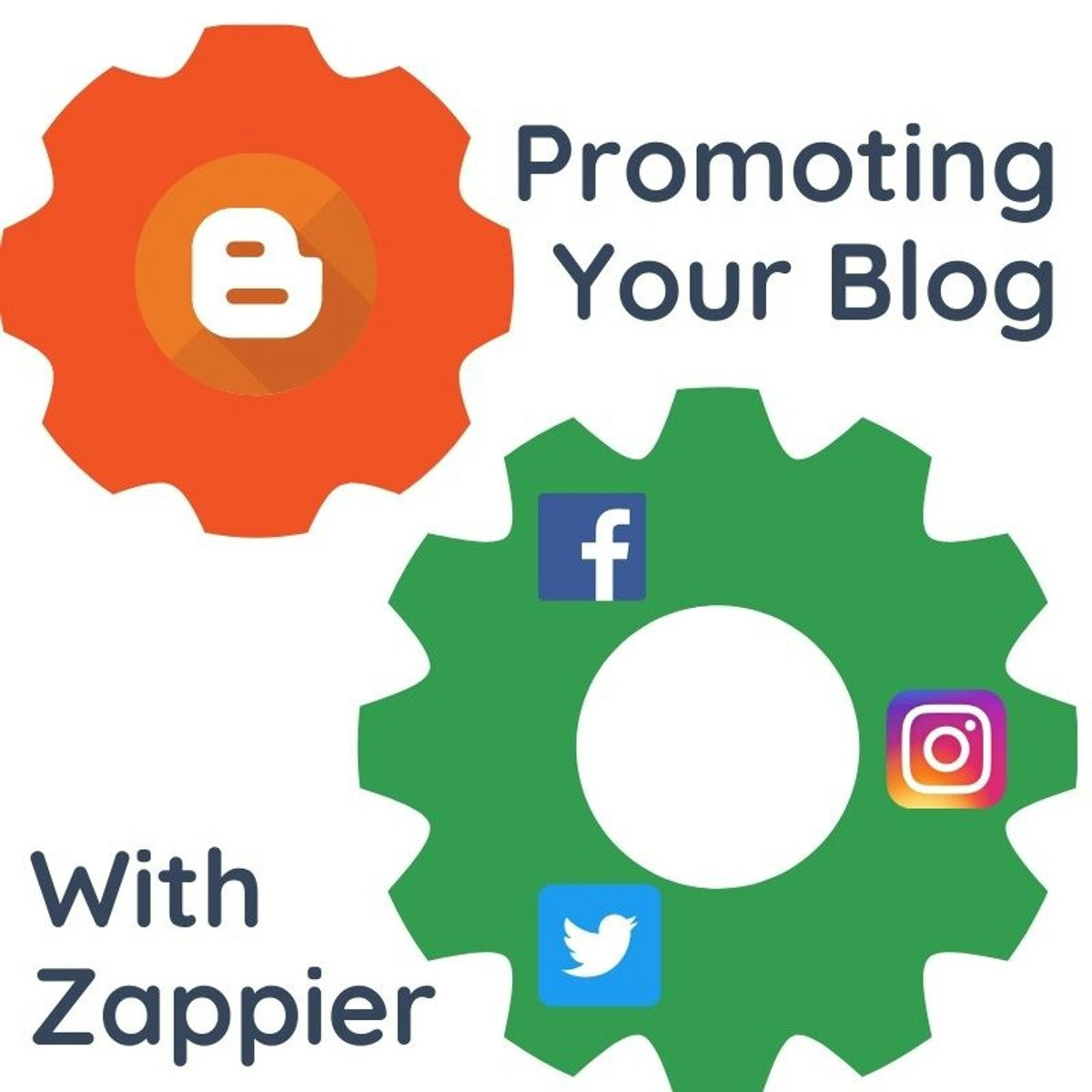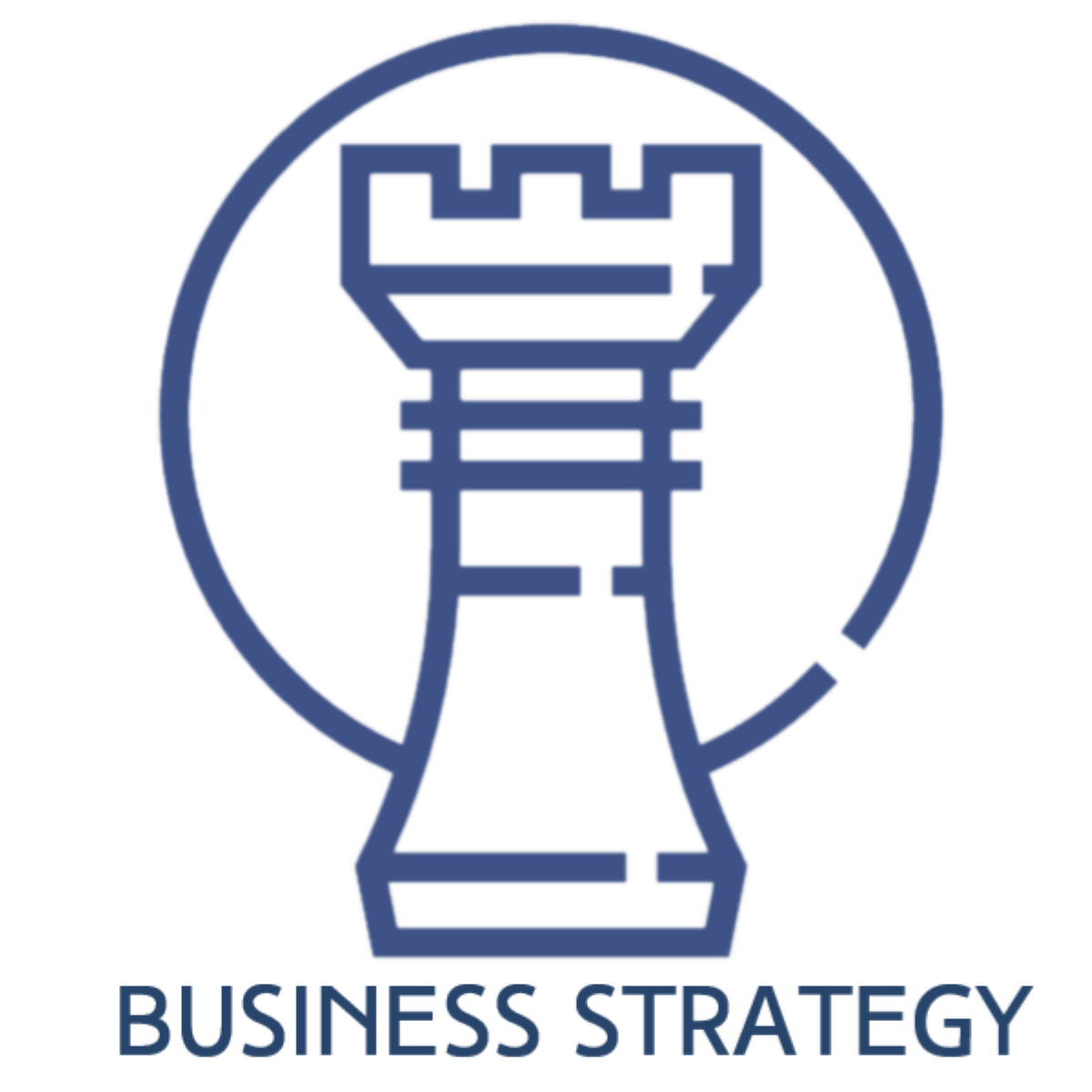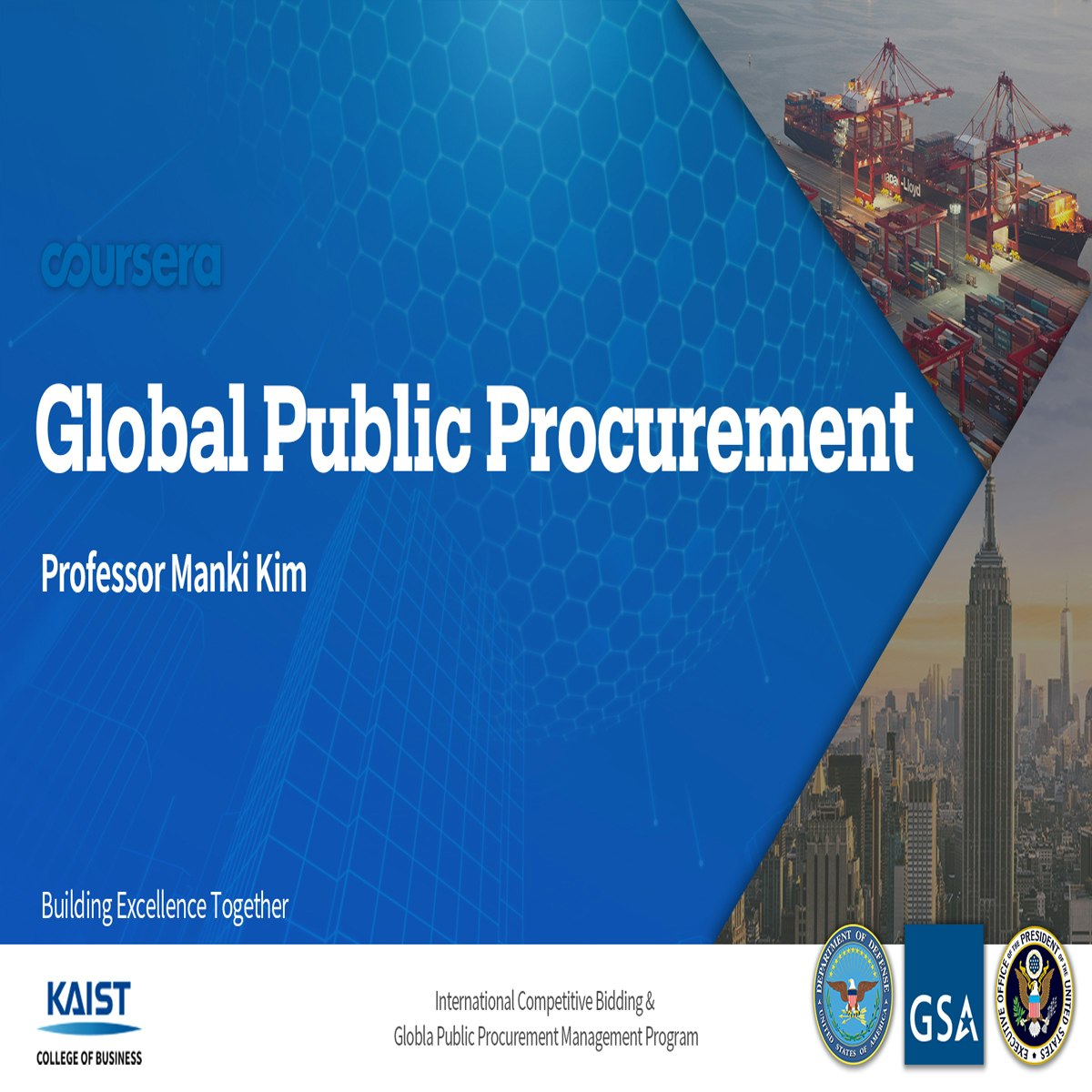Back to Courses









Business Strategy Courses - Page 13
Showing results 121-130 of 543

Draw out Creative Ideas with Reverse Brainstorming in Miro
By the end of this project, you will be able to lead team idea generation with reverse brainstorming in Miro.
To do this, you will gain hands-on experience in Miro while you apply guided brainstorming strategies that focus on problems so that they can be identified and prevented before a product goes live.
Note: This course works best for learners who are based in the North America region. We’re currently working on providing the same experience in other regions.

ESG and Social Activism
In this course, you will get an overview of the impact of contemporary ESG ratings and how a company balances ESG issues against its financial performance. You will evaluate the effectiveness of corporate authenticity and the impacts of politics when building corporate ESG policy. You will also learn about social activism’s ability to disrupt markets, and the roles that stakeholders play when dealing with financial markets.
Next, you will learn about corporate Boards, and the importance of creating independent Directors that can maintain neutrality to protect the interests of both the business and shareholders. You will also learn how Board structure is managed, methods for selecting Board members, and the role that Boards play when crafting ESG policy.
Lastly, you will look at the necessity of creating a diverse and inclusive culture within an organization and will examine best practices for boards to create strong crisis and risk management policies.
By the end of this course, you will have a comprehensive understanding of how social activism affects the corporate world in the 21st century, how to build a Board of Directors that can incorporate ESG issues into risk management and governance strategies, and how encouraging diverse and inclusive culture benefits companies.

Marketing Channel Functions
This course is ideal for individuals who currently work in or are targeting opportunities in consulting and strategy, industrial sales and buying, marketing management, entrepreneurship and business development.
This course will cover the concept of channel functions, or the supply side of designing routes to markets. Channel functions are the necessary activities that channel members must provide in order to create the channel benefits that customers desire. You will learn a framework that quantifies channel functions and ultimately, how to use them as the basis for determining channel member work loads and compensation. A final exercise considers how to monetize shipping benefits and align the channel benefits demanded with the necessary supply side activities.

Building the Business Model for Corporate Entrepreneurs
Led by Dan Gordon, a University of Maryland faculty member who teaches business modeling in the National Science Foundation's I-Corps Program, this course enables you to develop and apply the Business Model Canvas tool to scope a corporate challenge or opportunity. You will learn how to identify and communicate the nine elements of a business model: Customer Segments, Value Propositions, Channels, Customer Relationships, Revenue Streams, Key Resources, Key Activities, Key Partners, and Cost Structure.
Your completed project will be a customer-validated Business Model Canvas that outlines the business case for a new product or service to address your selected challenge or opportunity in a corporate context. This project is derived from four areas of focus in the course:
• Identifying how to create and deliver value for existing and future customers of the company;
• Learning how to extract value for the corporate venture in a sustainable fashion;
• Conducting in-depth interviews to guide the customer discovery process for your corporate venture; and
• Developing business models that encompass the product or service, customers, and economic engine that deliver on the corporate venture objectives.
Try this course for FREE at https://www.coursera.org/learn/corporate-entrepreneurs-business-model

Automate Blog Advertisements with Zapier
Zapier is the industry leader in task automation and gives users the ability to not only organize but to automate social media posting. By the end of this project, you will be able to set up an account with Zapier. You will learn how to connect your blog site to Zapier and then send out automated social media messages to your owned social media accounts. This is a great tool to use if you are blogging once a week or less and want to maximize your time spent on other tasks.
Blogging is one of the most recognized ways of improving traffic to websites. However, for this to work a blog needs a reliable way to share new blogs with its audiences. Using Zapier to automate this task will save you time and allow you to share your content with your audience immediately - rather than when you remember too! Zapier is the industry leader in task automation and gives users the ability to not only organize but to automate social media posting.
Note: This course works best for learners who are based in the North America region. We’re currently working on providing the same experience in other regions.

Data Analysis and Visualization
By the end of this course, learners are provided a high-level overview of data analysis and visualization tools, and are prepared to discuss best practices and develop an ensuing action plan that addresses key discoveries. It begins with common hurdles that obstruct adoption of a data-driven culture before introducing data analysis tools (R software, Minitab, MATLAB, and Python). Deeper examination is spent on statistical process control (SPC), which is a method for studying variation over time. The course also addresses do’s and don’ts of presenting data visually, visualization software (Tableau, Excel, Power BI), and creating a data story.
Material features online lectures, videos, demos, project work, readings and discussions. This course is ideal for individuals keen on developing a data-driven mindset that derives powerful insights useful for improving a company’s bottom line. It is helpful if learners have some familiarity with reading reports, gathering and using data, and interpreting visualizations. It is the second course in the Data-Driven Decision Making (DDDM) specialization. To learn more about the specialization, check out a video overview at https://www.youtube.com/watch?v=Oi4mmeSWcVc&list=PLQvThJe-IglyYljMrdqwfsDzk56ncfoLx&index=11.

Business Model Canvas: A Tool for Entrepreneurs and Innovators (Project-Centered Course)
What you’ll achieve:
In this project-centered course*, you will use the Business Model Canvas innovation tool to approach either a personal or corporate challenge or opportunity. You’ll learn to identify and communicate the nine key elements of a business model: Customer Segments, Value Proposition, Channels, Customer Relationships, Key Resources, Key Activities, Key Partners, Revenue Streams, and Cost Structure.
Your completed project will be a polished Business Model Canvas that outlines the business case for a new product or service to address your selected challenge or opportunity. You’ll present your case in both a one-page document and a 10-minute video presentation.
What you need to get started:
This project-centered course is designed for anyone who wants to understand innovation best practices and the intra-corporate entrepreneurial (intrapreneur) skills needed to lead innovation projects, teams, and strategies. Entry- and senior-level professionals in a variety of industries - including education, healthcare, business, and not-for-profit - will benefit from the course materials and project experience. The only prerequisite is a strong desire to understand best practices in innovation and to master the skills needed to transform a new idea into a profitable reality.
To complete the project, you’ll need to access the Business Model Canvas from either the Kauffman Foundation (http://www.entrepreneurship.org) or Strategyzer.com (http://www.Strategyzer.com), or via the Creative Commons license offered by Strategyzer AG (http://www.businessmodelgeneration.com/downloads/business_model_canvas_poster.pdf).
*About Project-Centered Courses: Coursera's project-centered courses are designed to help you complete a personally meaningful real-world project, with your instructor and a community of like-minded learners providing guidance and suggestions along the way. By actively applying new concepts as you learn, you’ll master the course content more efficiently; you’ll also get a head start on using the skills you gain to make positive changes in your life and career. When you complete the course, you’ll have a finished project that you’ll be proud to use and share.

Analyzing Market Attractiveness Using Creately
By the end of this 2 hour-long guided project, you will be fluent in identifying and analyzing business markets and how to discover their attractiveness to new products and services. This project is designed to engage and harness your visionary and exploratory abilities. You will be using proven models in competitive strategy and the Creately platform to explore and analyze the factors that contribute to business success. This is an important step for individuals or companies wanting to explore new markets for products or services.
You will engage in evaluating through examples and hands-on practice examining business immediate forces shaping markets including competitors, suppliers, buyers, threats of new businesses entering the segment, and substitute products. You will be ready to take an entrepreneurial idea through a scientific and logical process, helping you validate your ideas for new business or service. This Course furthers the knowledge and skills acquired during "Analyzing Macro-Environmental Factors Using Creately", and is important step in engineering a successful product or service.

Global Public Procurement
Students will learn the key principles of public procurement with public entities, including national international organizations. This course also illustrates practical examples and models on understanding the processes and procedurals of public procurement. Through the course, students will learn practical information such as registering as vendors and finding and bidding for opportunities.
Week 1 : Global Public Procurement Introduction
Week 2 : WTO, GPA, FTA, and Procurement Regulations
Week 3 : U.S. Government Procurement Market & Regulations
Week 4 : US SBA, GSA MAS/VA Contract Process & Procedural
Week 5 : UN public Procurement
Week 6 : Business Development Strategy for Global Public Procurement

Fundamentals of Global Energy Business
Learn about diverse and integrated markets for primary energy, and the essential considerations driving business leaders and policy makers in development of global energy resources.
Popular Internships and Jobs by Categories
Find Jobs & Internships
Browse
© 2024 BoostGrad | All rights reserved